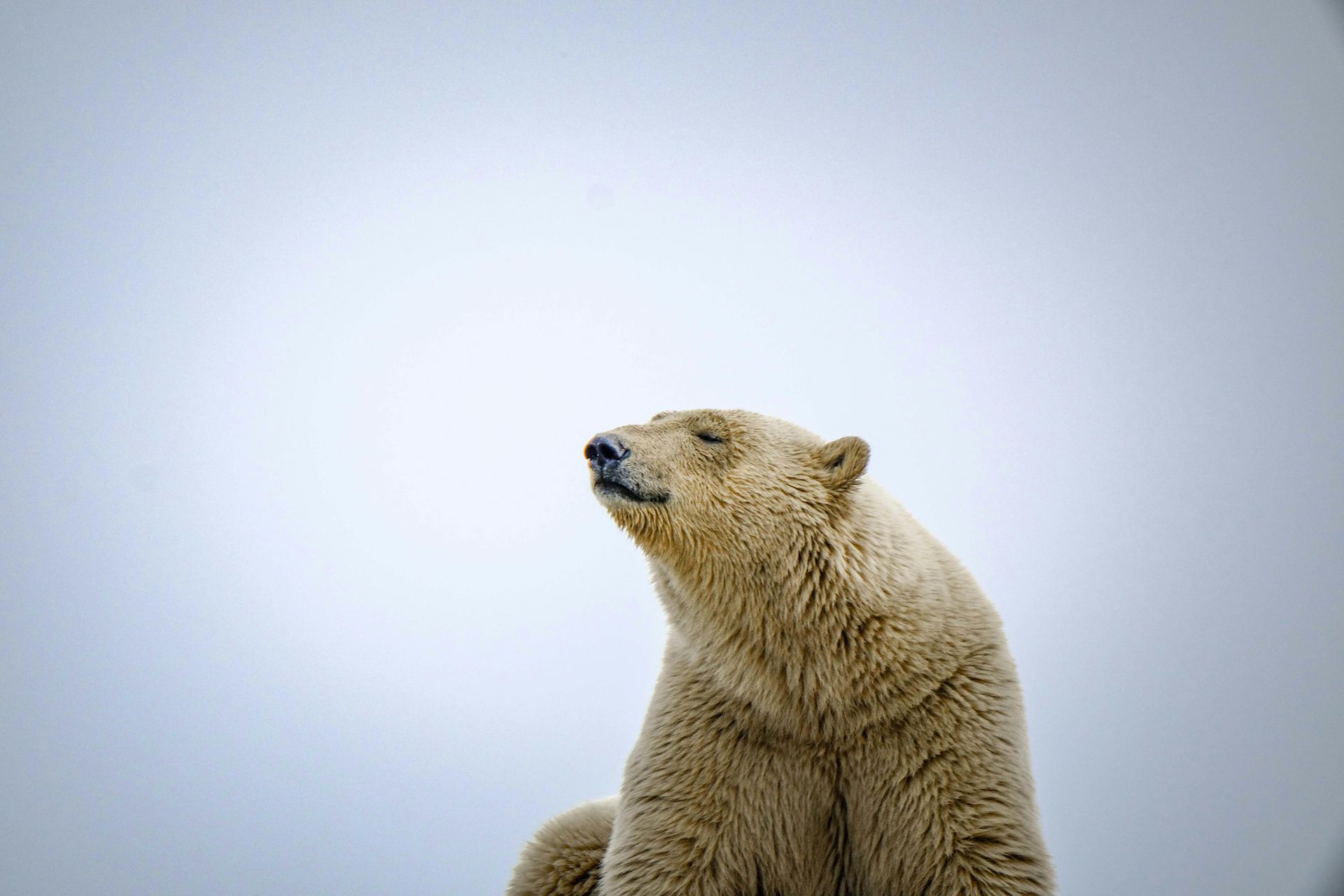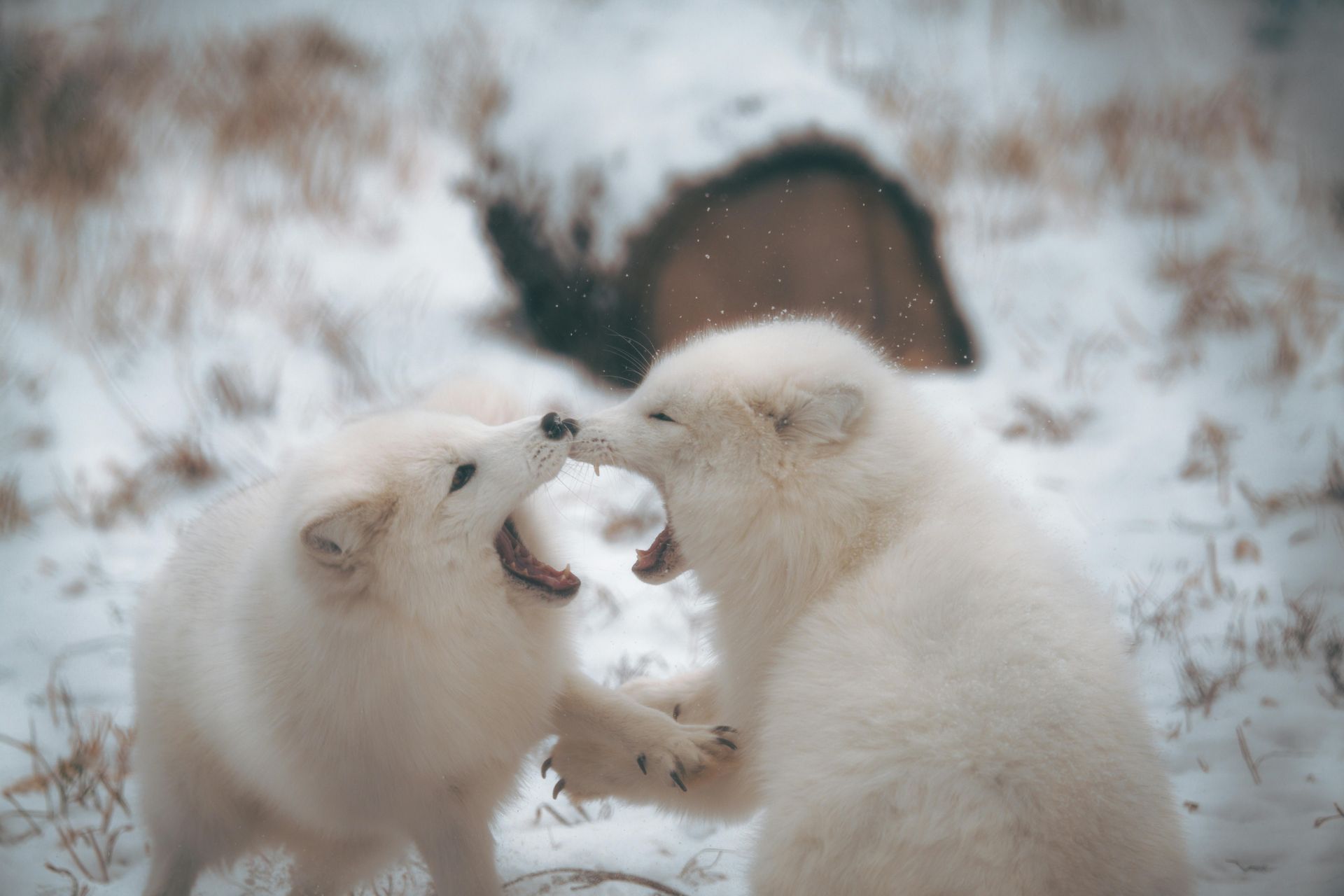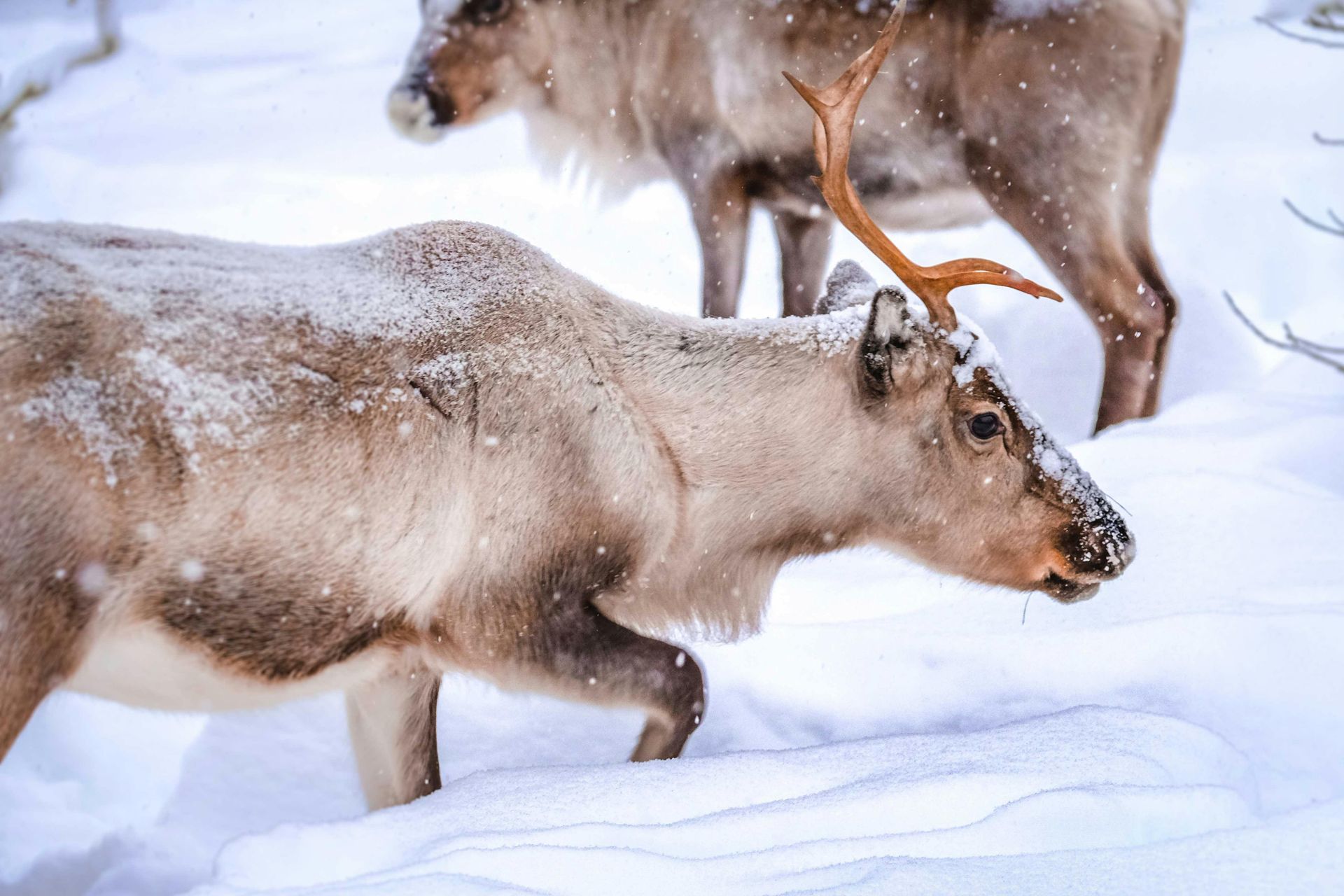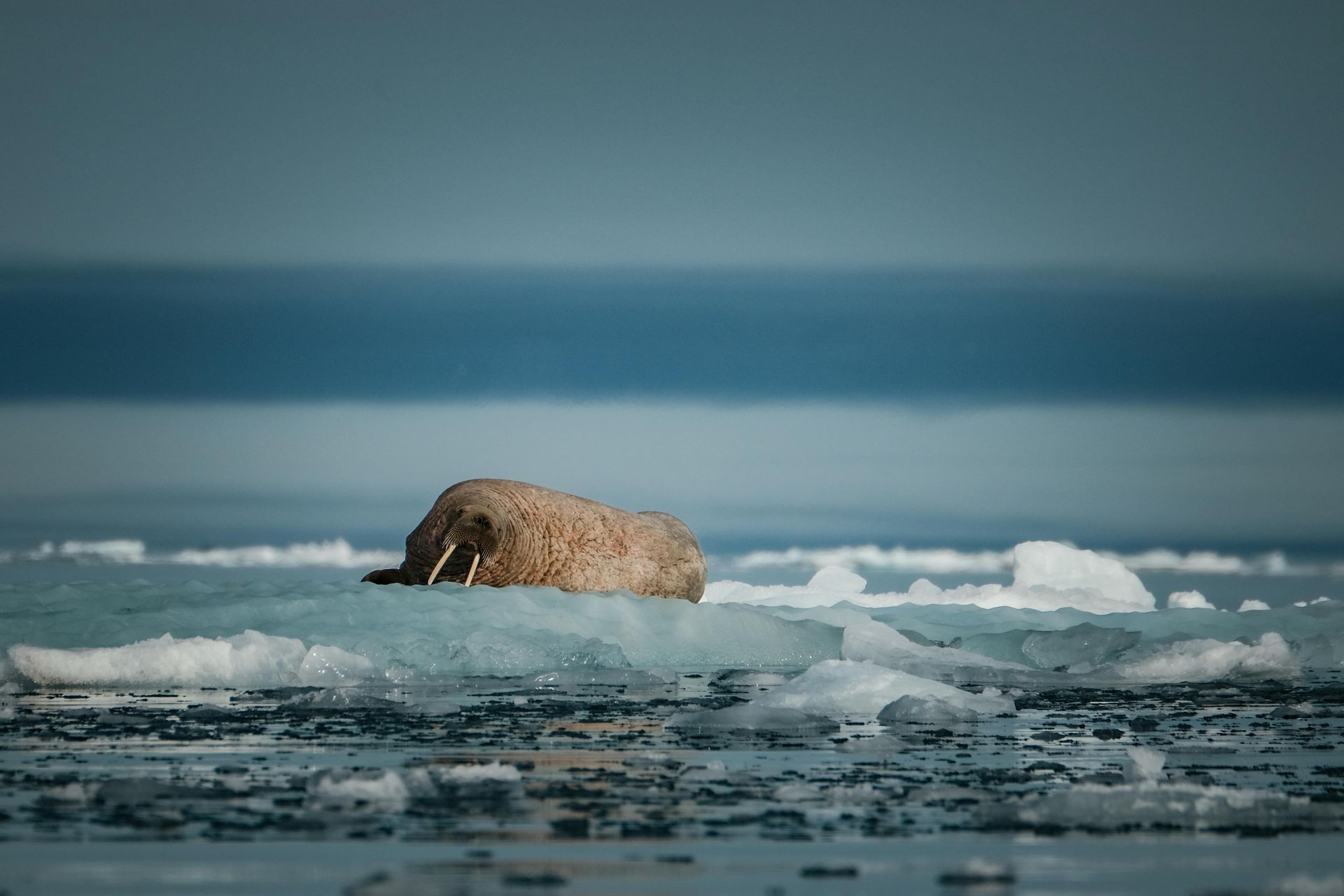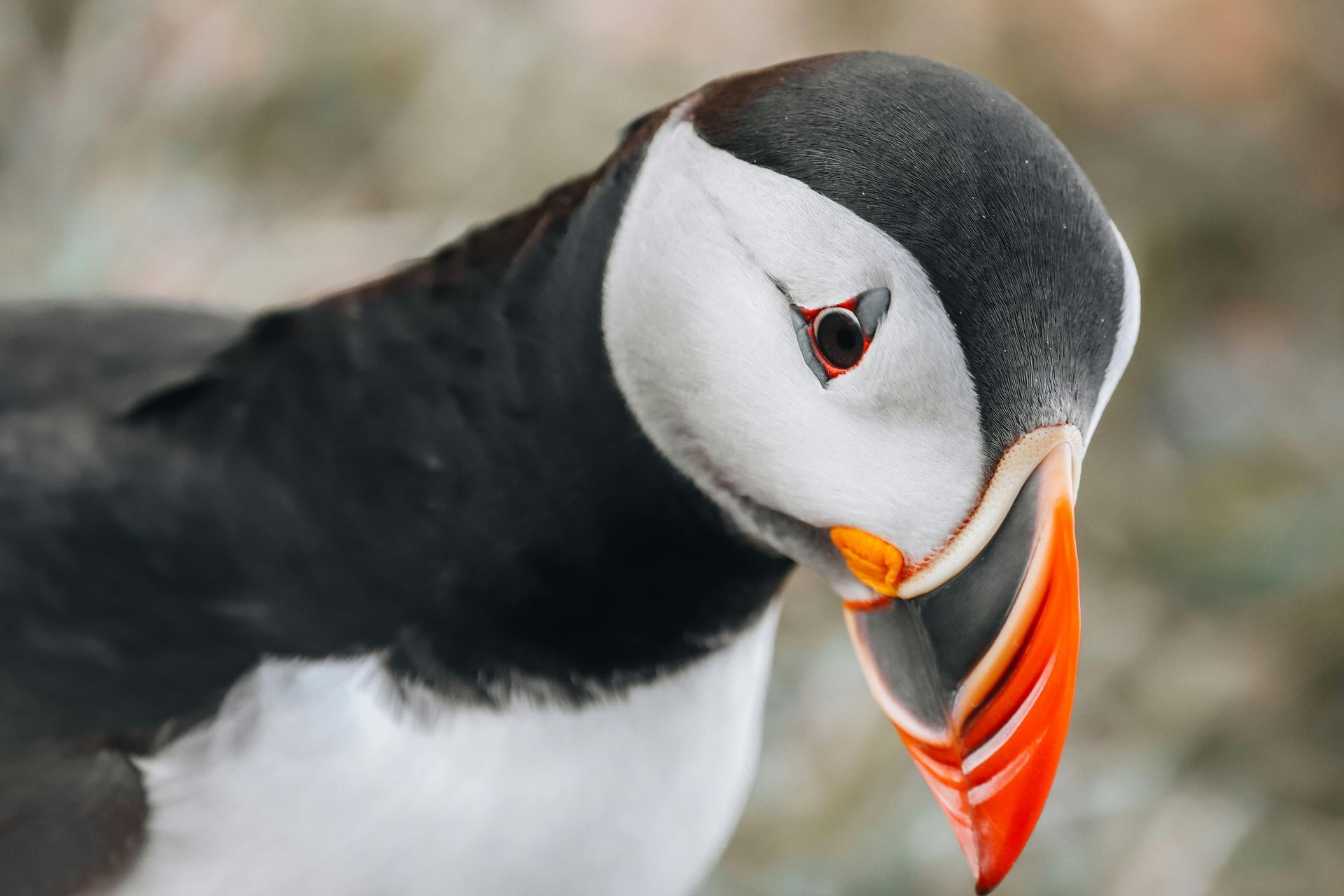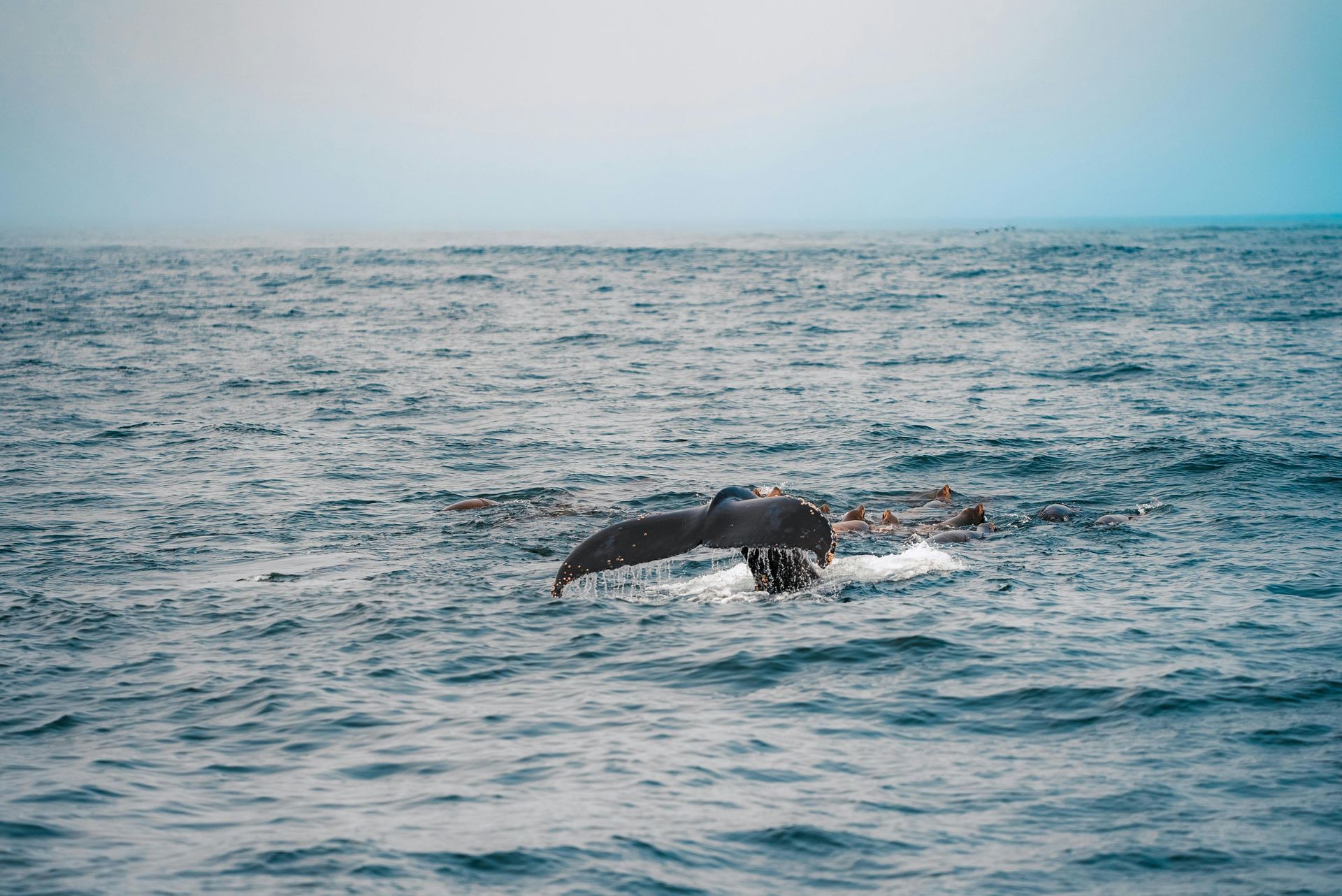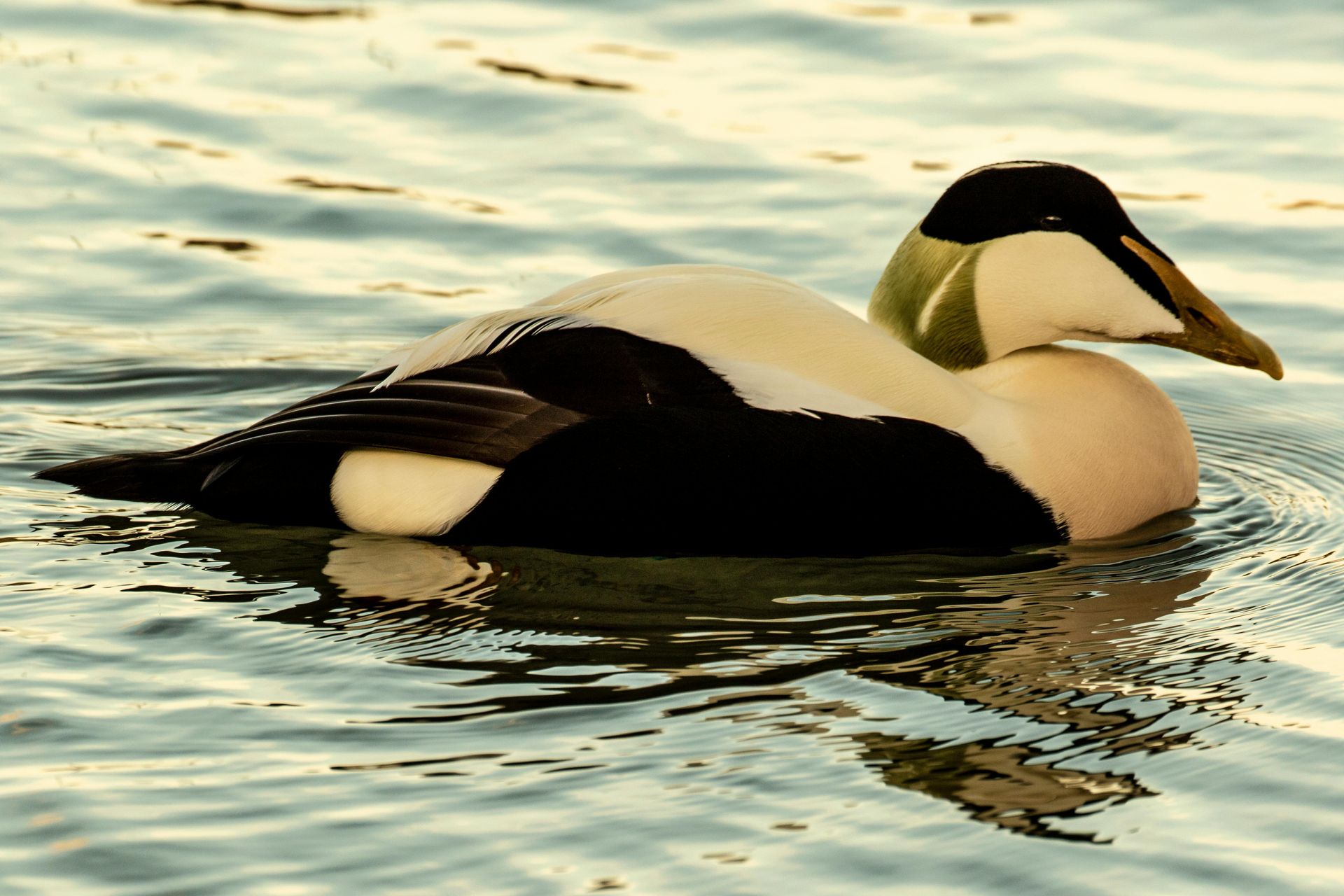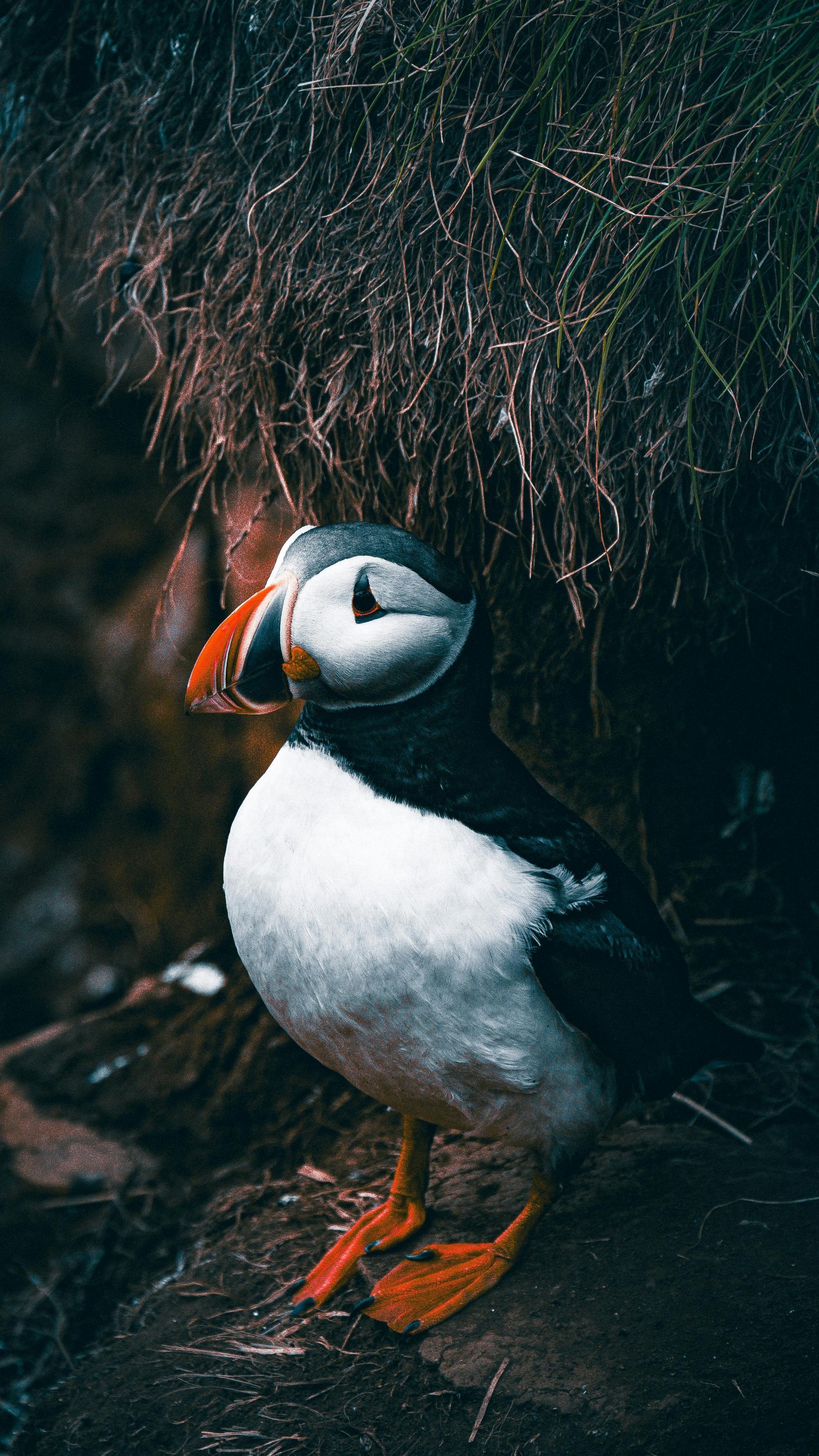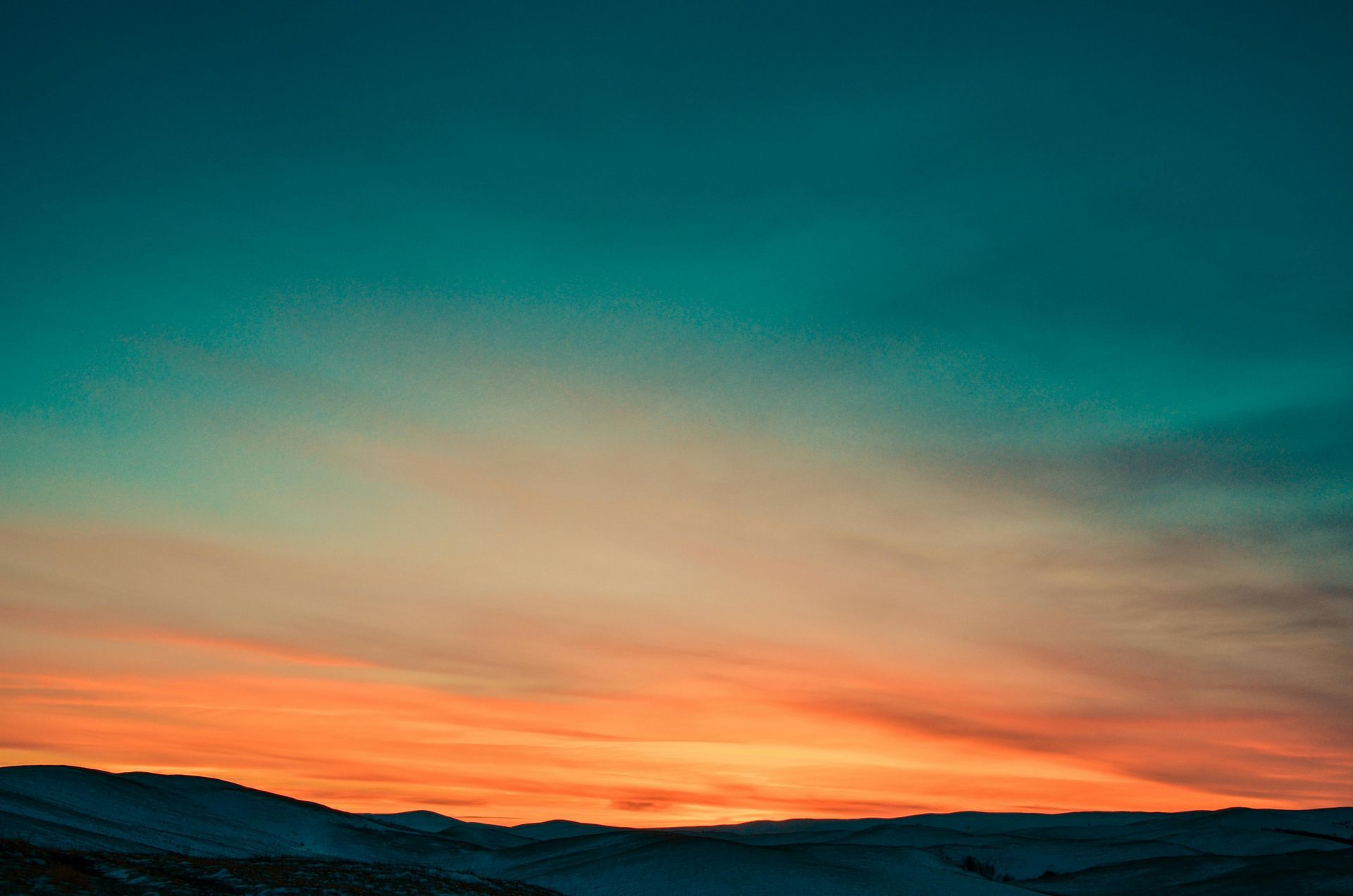Svalbard Interesting and Facts in November
Svalbard Interesting and Facts in November

November in Svalbard is a month of profound transformation as the archipelago transitions fully into the Polar Night. The sun sets for the last time at the end of October and won't rise again until mid-February, plunging Svalbard into a world of darkness lit only by the moon, stars, and the mesmerizing Northern Lights. This period is a testament to the resilience of life in extreme conditions and offers a unique and surreal experience for those who venture to this remote part of the Arctic.
The absence of sunlight does not mean the absence of beauty or activity. The sky often glows with the Aurora Borealis, providing a natural light show that is both captivating and awe-inspiring. The cold, clear air of November makes it an excellent time for viewing the Northern Lights, as there are fewer atmospheric disturbances. The lights dance across the sky in vibrant colors of green, pink, and purple, reflecting off the snow-covered landscape and creating a magical atmosphere. For many visitors, witnessing the Northern Lights is a once-in-a-lifetime experience.
Wildlife in Svalbard continues to be active during November, despite the harsh conditions. Polar bears, Arctic foxes, and Svalbard reindeer are adapted to the cold and darkness. Polar bears are particularly notable, as they roam the sea ice in search of seals. Arctic foxes, with their thick winter coats, can be seen hunting or scavenging, while reindeer are often spotted grazing on the sparse vegetation. Birdlife decreases as many species migrate south for the winter, but some hardy species like the ptarmigan and the Arctic tern remain.
Svalbard's human inhabitants and visitors adapt to the Polar Night with various activities and traditions. Longyearbyen, the largest settlement, becomes a hub of cultural events and social gatherings. The community comes together to celebrate the darkness with festivals, concerts, and lectures. Indoor activities such as visiting museums, enjoying local cuisine, and partaking in wellness treatments become more popular. The spirit of camaraderie and the close-knit community atmosphere make November a special time to experience Svalbard's unique culture.
The landscape of Svalbard in November is stark and beautiful. The snow-covered mountains and frozen fjords create a pristine, almost otherworldly environment. The darkness and the cold add to the sense of isolation and remoteness, but also to the sense of wonder and exploration. This is a time for adventurous souls who want to experience the Arctic in its most extreme form. Activities such as dog sledding, snowmobiling, and ice caving are popular and provide thrilling ways to explore the frozen wilderness.
The climate in Svalbard during November is harsh, with temperatures often dropping well below freezing. Proper preparation and equipment are essential for anyone planning to visit. Thermal clothing, reliable footwear, and knowledge of Arctic survival skills are crucial. Despite the challenging conditions, the rewards of experiencing Svalbard in November are immense. The combination of the dramatic landscape, the Northern Lights, and the unique wildlife creates a setting that is both enchanting and unforgettable.
Scientific research continues in Svalbard throughout November, with numerous international teams conducting studies on climate change, wildlife behavior, and glaciology. The darkness and the extreme cold provide valuable data on how life adapts to these conditions. Researchers use this information to understand broader environmental trends and to develop strategies for conservation and sustainability. Svalbard serves as a natural laboratory, offering insights that are crucial for global ecological and climate studies.
Svalbard's history and heritage are deeply connected to its environment, and November is a time to reflect on this relationship. The archipelago has been a site of exploration and adventure for centuries, from early whalers and trappers to modern scientists and tourists. The challenges faced by these pioneers are still relevant today, as the harsh conditions test the limits of human endurance and ingenuity. Visiting Svalbard in November is a journey into the heart of the Arctic, where the past and present come together in a landscape of stunning beauty and stark contrasts.


